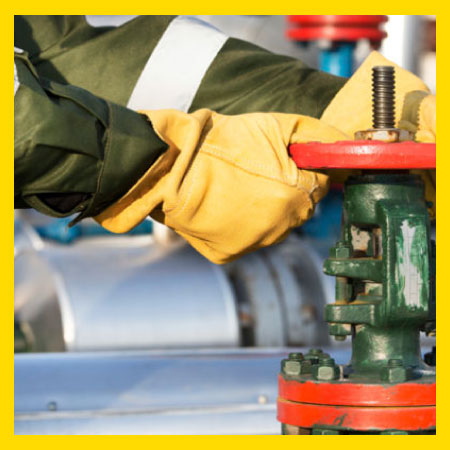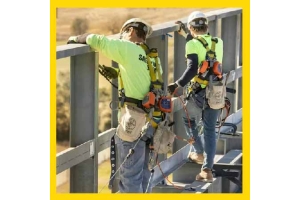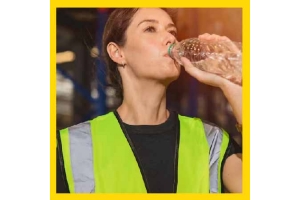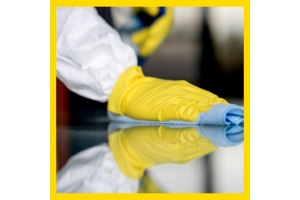Currency
October 10, 2022

For health and safety professionals, effective hand protection begins long before a worker slides their hands into a single pair of gloves. Organizations must consider how to provide workers with the best possible equipment to protect themselves as hand injuries consistently rank among the most common preventable injuries in the workplace, and each injury can cost thousands of dollars and a significant amount of lost workdays.
Hand protection has long been a key consideration for employers and their employees across many industries, but in recent years, the perspective on hand protection has been transformed—perhaps permanently—by the Covid-19 pandemic. As challenging as it was for organizations to adapt hand protection protocols during the most severe phases of the pandemic, the current phase in which many economies and businesses have reopened presents a new set of hurdles—with more people returning to work and ever-changing regulatory and industry guidance on best practices.

Many articles on hand protection focus on educating readers on glove types, processes, policies, and culture—all of which are vital to understanding when establishing an effective workplace safety program. This piece, however, will apply a broader lens to hand protection, detailing how:
to ensure reliable and steady access to hand protection products amid supply chain uncertainties;
to discern the proper type of glove required for each workplace and function;
businesses can and should drastically mitigate the environmental impact of PPE waste; and
buyers can properly discern reliable PPE manufacturers from the multitude of PPE makers that have popped up during the pandemic to capitalize on higher demand and prices.
Hand protection has long been a key consideration for employers and their employees across many industries, but in recent years, the perspective on hand protection has been transformed—perhaps permanently—by the Covid-19 pandemic. As challenging as it was for organizations to adapt hand protection protocols during the most severe phases of the pandemic, the current phase in which many economies and businesses have reopened presents a new set of hurdles—with more people returning to work and ever-changing regulatory and industry guidance on best practices.

Many articles on hand protection focus on educating readers on glove types, processes, policies, and culture—all of which are vital to understanding when establishing an effective workplace safety program. This piece, however, will apply a broader lens to hand protection, detailing how:









